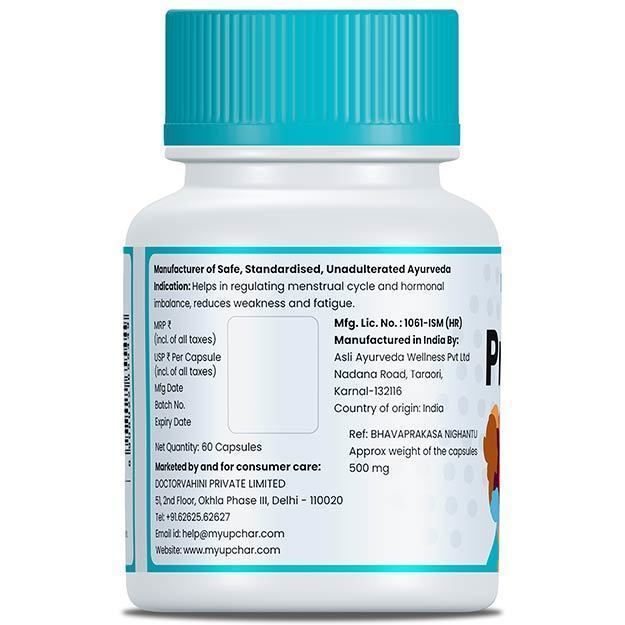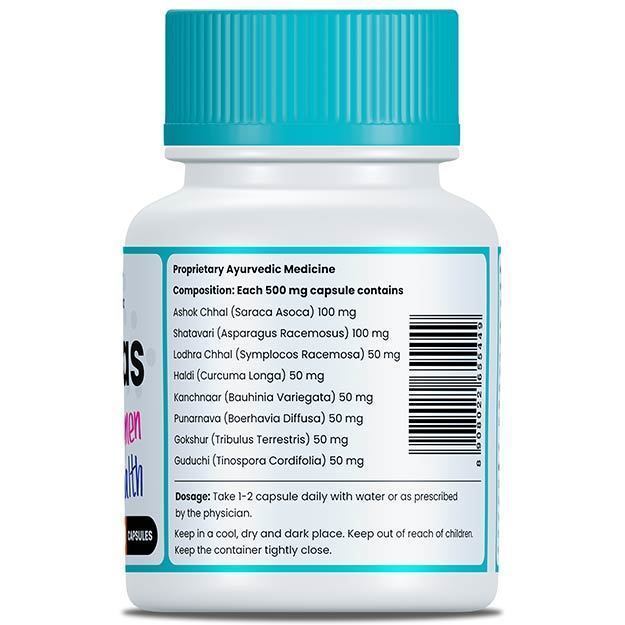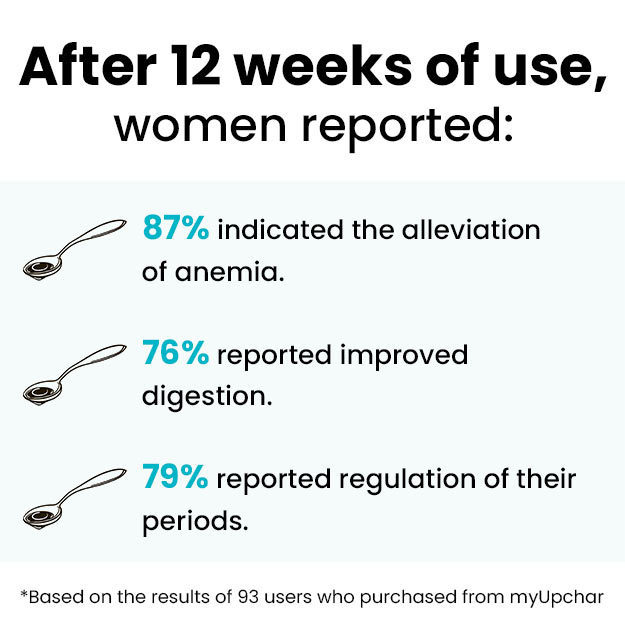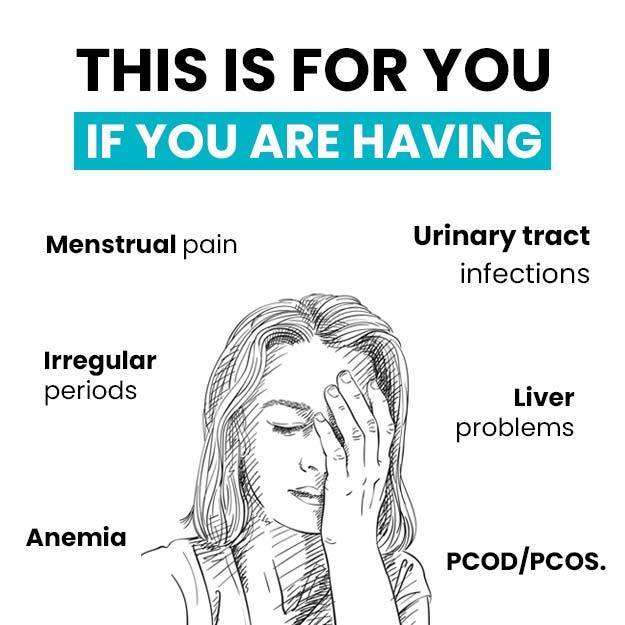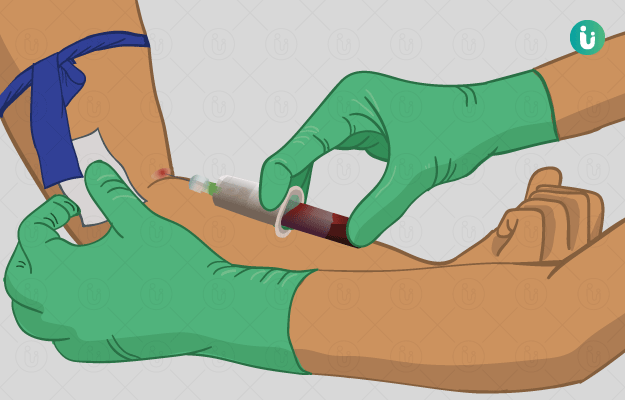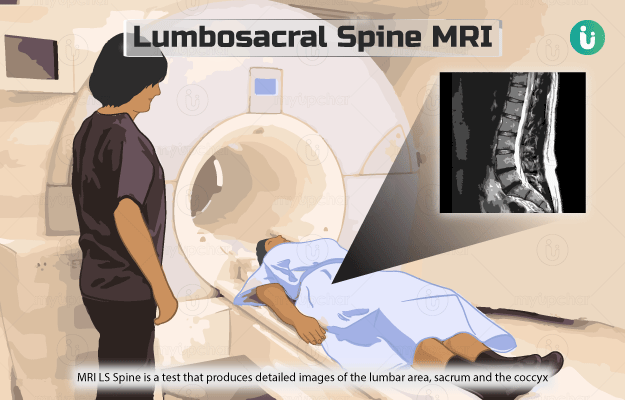What is Chromium Urine test?
A chromium urine test is a screening test that checks the amount of chromium your body is excreting at a given time.
Chromium is a metal that is required in trace amounts in the body. It occurs in two forms in the environment:
- Trivalent - present in food
- Hexavalent - present in paints, plastic and dyes and enters the body through inhalation, ingestion or exposure to skin. It is converted to trivalent chromium upon entering the body.
While low levels of chromium are not considered harmful, regardless of types, long term or excessive exposure to this metal can lead to toxicity. Chromium toxicity manifests as kidney and liver damage. It can also lead to cancer.
People who work in metal cutting, leather tanning, textile work, welding and timber preservation are constantly exposed to this metal and are hence at high risk of chromium toxicity.
Most of the chromium in the body is excreted through urine. So checking the urine level of chromium can help detect if you have had recent exposure to high levels of this metal.














